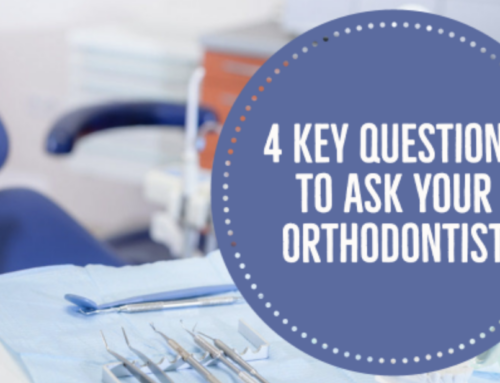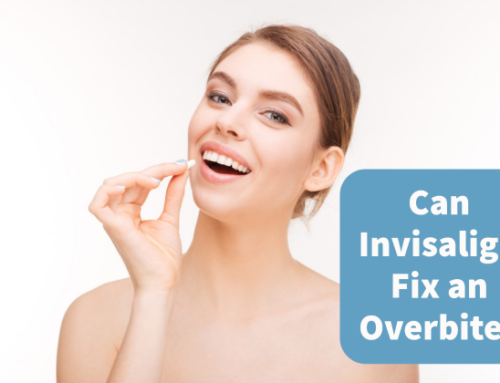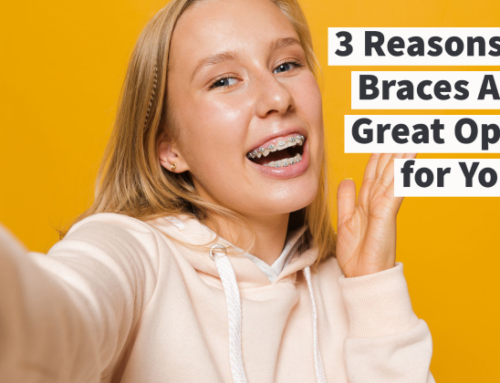 When you think of orthodontic treatment, chances are that the first thing that comes to mind is probably the idea of braces. There’s a good reason for that; about 4 million Americans are wearing braces right now, according to the American Association of Orthodontists. Braces are indeed effective in treating a number of different conditions, both cosmetic and purely physical. But they are not the only types of treatments that orthodontists can offer their patients. Nor do orthodontic treatments only treat issues that have to do with the teeth. In fact, there are a number of different conditions that can be treated by different types of orthodontic equipment and procedures. With that being said, let’s look into some of the different treatment options offered by orthodontic specialists. Some of them may or may not apply to your particular case, but they all offer a number of different benefits to a variety of patients.
When you think of orthodontic treatment, chances are that the first thing that comes to mind is probably the idea of braces. There’s a good reason for that; about 4 million Americans are wearing braces right now, according to the American Association of Orthodontists. Braces are indeed effective in treating a number of different conditions, both cosmetic and purely physical. But they are not the only types of treatments that orthodontists can offer their patients. Nor do orthodontic treatments only treat issues that have to do with the teeth. In fact, there are a number of different conditions that can be treated by different types of orthodontic equipment and procedures. With that being said, let’s look into some of the different treatment options offered by orthodontic specialists. Some of them may or may not apply to your particular case, but they all offer a number of different benefits to a variety of patients.
1. Fixed Appliances
As previously mentioned, the most well-known type of orthodontic treatments are braces. But braces themselves fall under a larger category of orthodontic equipment called fixed appliances. Fixed appliances essentially are, as their names imply, fixed in place. In general, they’re the most popular types of orthodontic appliances, and typically most fixed appliances will indeed be braces. Now, whether they’re traditional metal braces is another question entirely, though they’re usually made with the idea of straightening the teeth or the jaw in mind. Braces can also come in ceramic forms, which makes them tooth-colored and somewhat less noticeable. They can also be made in lingual forms, which means that they’ll rest behind the teeth and therefore won’t be quite as noticeable as the most traditional types of braces.
2. Removable Appliances
Now, these types of appliances will act similarly to braces much of the time. But they’re an alternative for people who don’t want their braces to be attached, with no respite under their own control. These are meant to be functional and often less noticeable than fixed appliances. Think of Invisalign aligners and other types of clear braces, which are often taken off when the recipient is eating or when they need to clean them.
3. Orthodontic Mini-Screws
This orthodontic treatment is not as well-known as fixed or removable appliances, but it still offers important benefits. They’re newer to the industry and are sometimes referred to as temporary anchorage devices or TADs. These screws are usually placed in the alveolar or extra-alveolar bones. They provide orthodontic anchorage, and they typically are removed after they’re no longer needed. This is a unique type of treatment in this respect, due to the lack of permanent commitment despite the involvement of screws. These are essentially used in order to move the teeth in the desired direction, and in certain cases may be more effective than typical braces or similar structures.
4. Orthognathic Treatment
Technically speaking, an orthognathic treatment is actually surgery. This particular type of orthodontic treatment obviously isn’t used in every case. Most people would rather not undergo surgery if they didn’t have to, but sometimes this is the best possible treatment. Normally, this surgery will be done to reposition the upper or lower jaw, or sometimes both jaws. There is usually a large misalignment of the jaw in these cases, and the surgery is an attempt to realign them and correct them. This is usually done in combination with less invasive orthodontic treatments, and it is usually quite effective.
5. Retainers
You may be wondering about why retainers are not grouped in with the other type of orthodontic treatment appliances listed above. This is because they are not actually appliances. They don’t move the teeth, unlike appliances. However, they usually are put in place to keep the teeth from moving after braces are taken out. Therefore, they’re key to assisting appliances.
Clearly, there are a lot of benefits to having certain orthodontic treatments and procedures. But the fact is that you need to consult with our orthodontist about what is right for you, and ultimately choose the treatment that they believe will give the best possible results. Contact Nowlin Orthodontics for a free orthodontic consultation. We should all feel lucky that there are so many different treatment types available!



